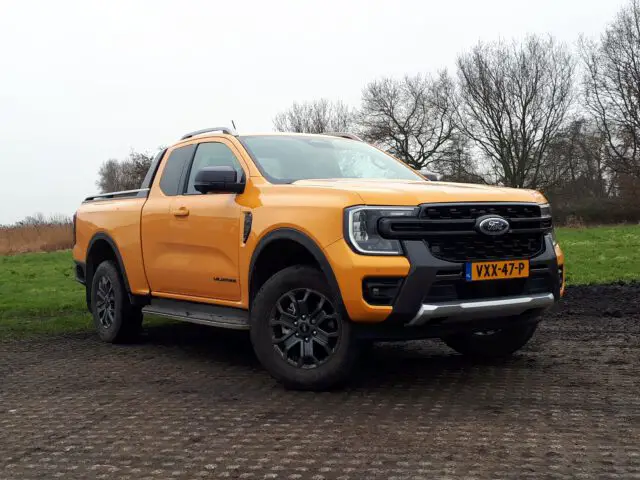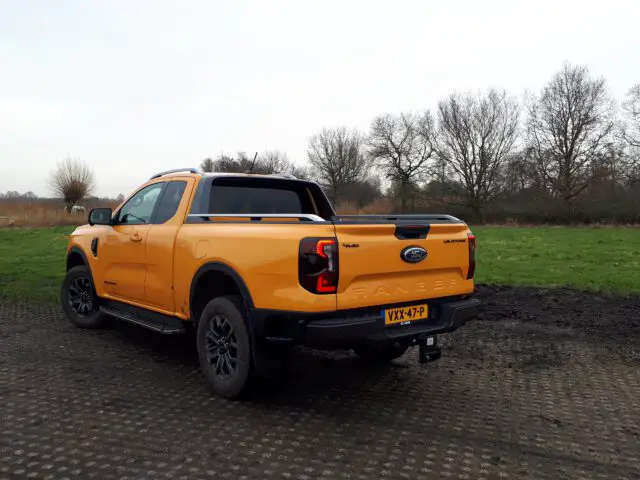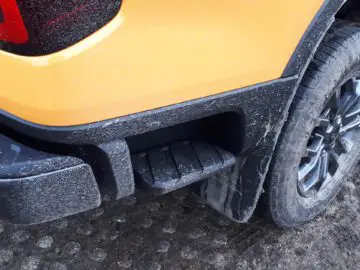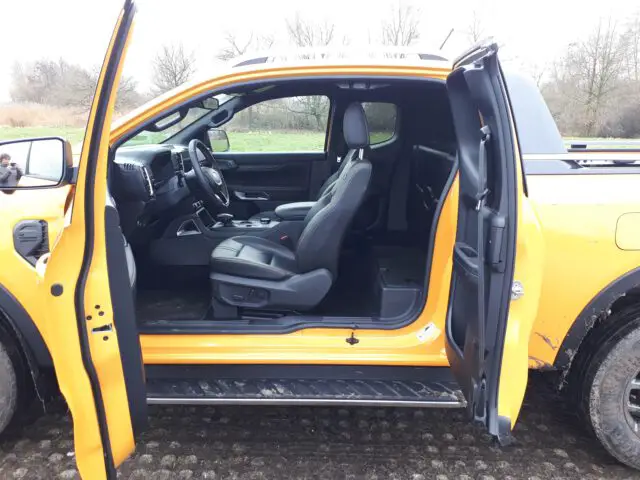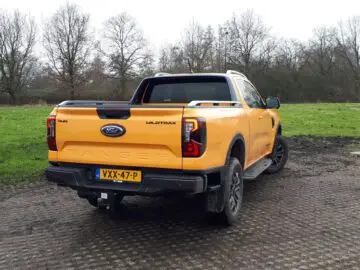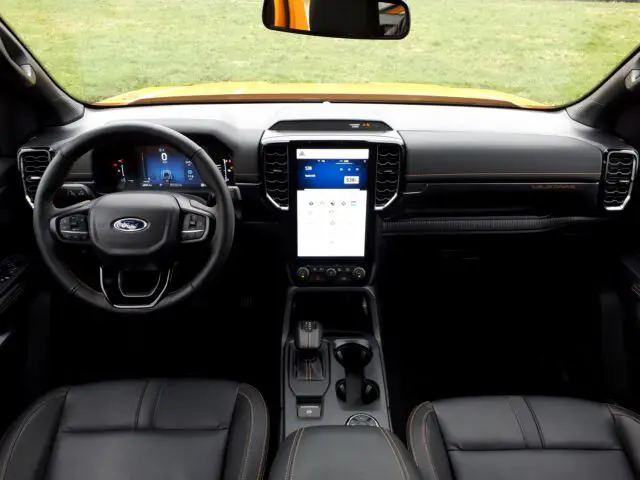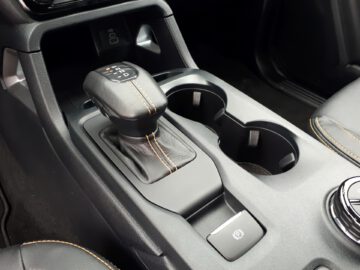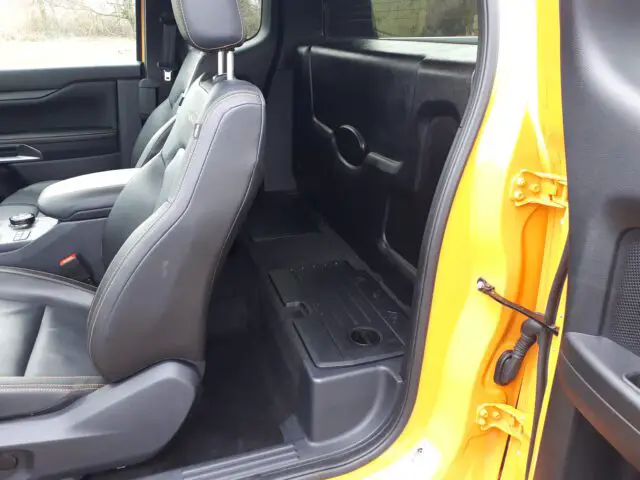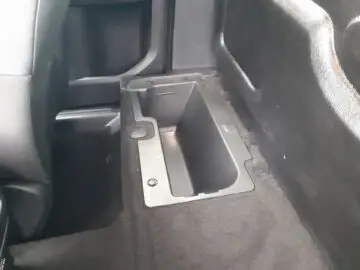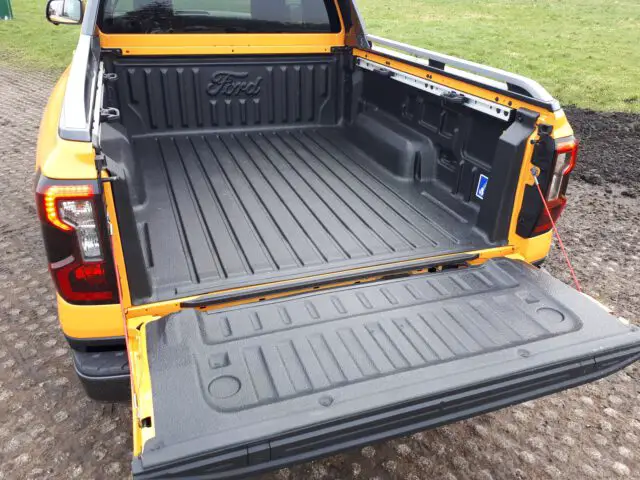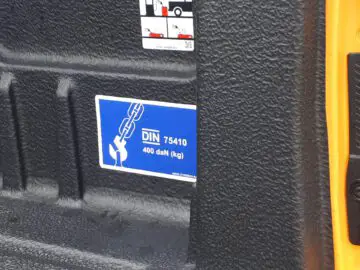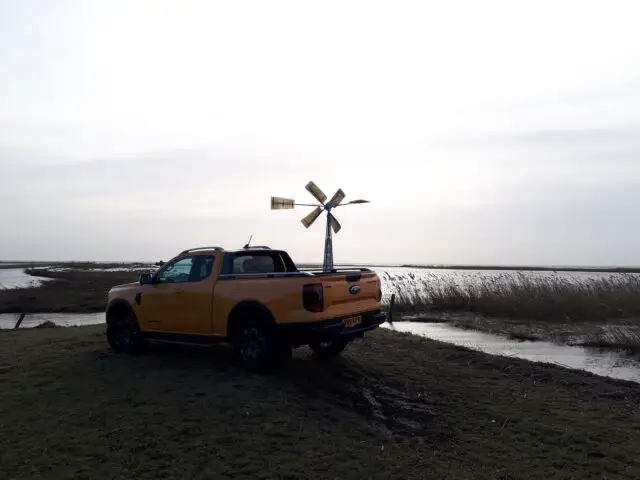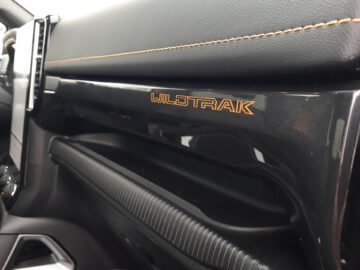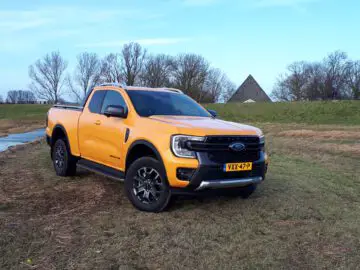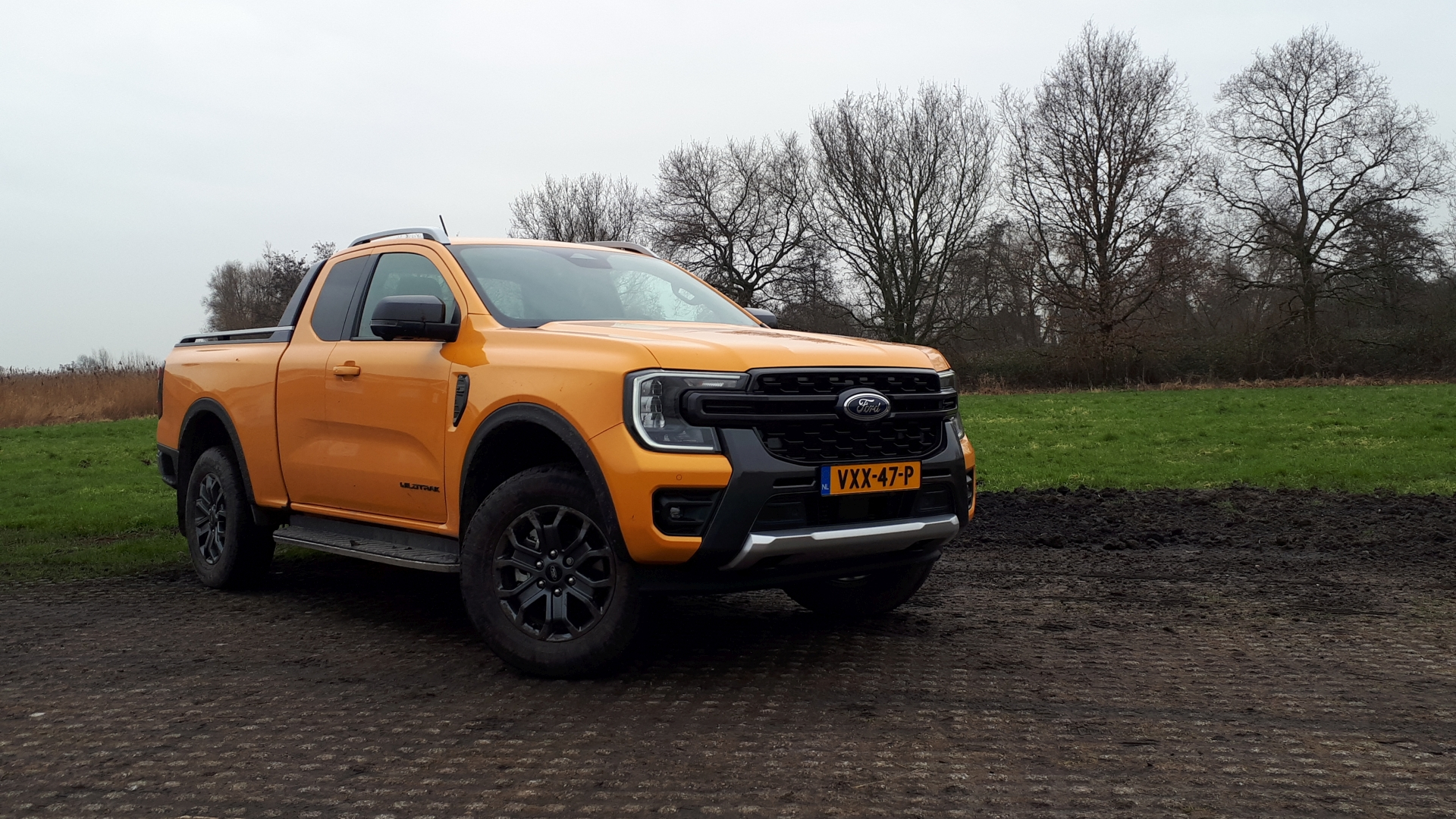Review – Ford Ranger Wildtrak (2024)
Large American pickups are quite popular in the Netherlands. Of the Ram 1500 and Ford F-150, you would almost think they are officially delivered here. They offer an attractive combination between a rugged work car and a comfortable passenger car and that combined with a tough look and often a good sound. But yes, they are still not really inexpensive, nor are the sizes suitable for every environment. Fortunately, there is the Ford Ranger.
The Ford Ranger in a nutshell
First, a quick overview of the Ford Ranger model line. From 1983 through 2012, Ford had a Ranger for the U.S. market, a compact model pickup for under the F-150. In parallel, starting in 1998, there was also a Ford Ranger for the other world markets, including Europe. In 2011, the third model generation of that came on the market, developed by Ford Australia.
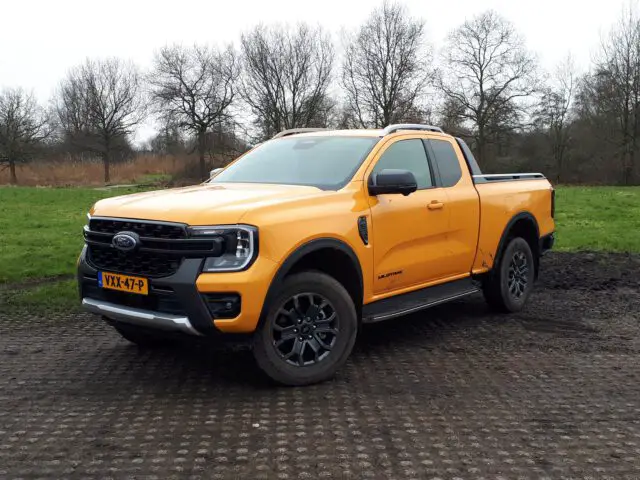
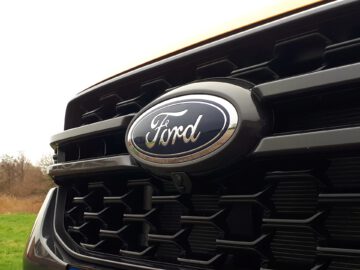
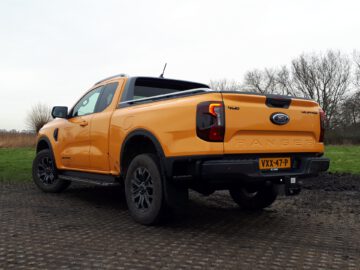
Ford Ranger new or renewed?
The new Ford Ranger hit the market worldwide in 2022, and last year it was also Europe’s turn. Although Ford speaks of a new model generation, strictly speaking it is still a continuation of the 2011 Australian model. Yet it is by no means an outdated model, and even calling it a facelift goes too far.
Ford’s various global divisions worked intensively together on the new Ranger. They took no half measures. The body structure, doors and windows still largely correspond to the outgoing model, everything else is completely new. Also, most parts are not even interchangeable between the new and outgoing model. Hence the talk of a new model generation after all. With its more square front end, it also looks more American than before. Does that make the Ranger an ideal size smaller, as an alternative to one of those F-150s?
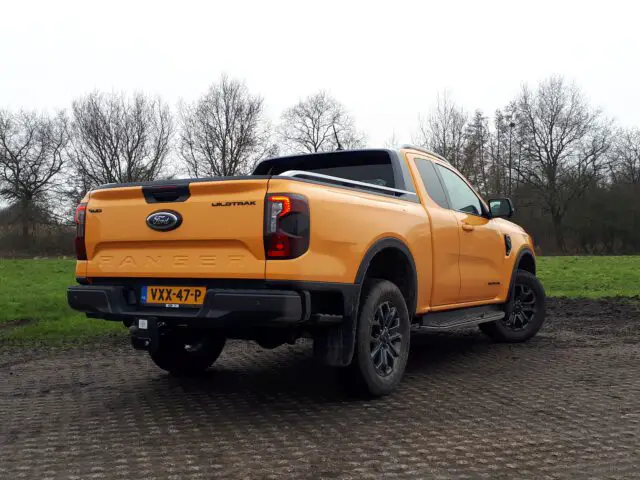
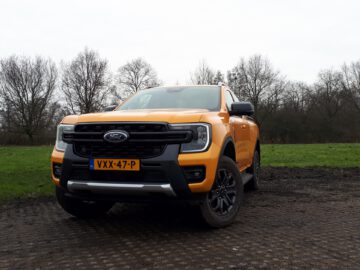

Ford Ranger in four versions
In the Netherlands, the Ford Ranger is available in four versions: the XL, XLT, Wildtrak and Raptor. In part because of legislation surrounding the gray license plate, the XL, XLT and Wildtrack always have the Super Cab, with two seats and a little room behind the seats. The Raptor always has a Double Cab, but the rear seat has been replaced with an additional (enclosed) cargo area to make it suitable for gray license plates. An ordinary Double Cab with a rear seat is thus not supplied through official channels in the Netherlands.
The Raptor XL is a relatively bare-bones version, with 16-inch steel rims and unpainted bumpers. However, such a pickup can have that very well. Standard equipment includes halogen lighting with automatic high beam, manually adjustable seats, cloth upholstery, a 10-inch infotainment screen, adaptive cruise control, reversing camera and the basics of other assistance and safety systems. The XLT is dressed up a bit more luxuriously, including 16-inch alloy wheels, body-color bumpers, running boards, front fog lights, windshield heater, air conditioning (so it is not standard) and also the tailgate is part of the central locking system.


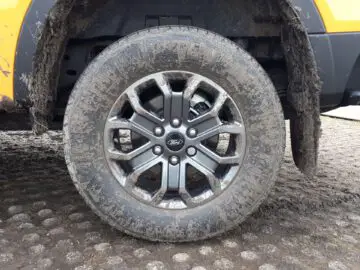
Additional features of the Ford Ranger Wildtrak include 18-inch alloy wheels, LED lighting, privacy glass, rails in cargo box and on the roof edges, Keyless Entry & Start, steering wheel heater, power-adjustable driver’s seat with heater, microfiber upholstery, a 12-inch infotainment screen with navigation, dual-zone climate control and driving modes. Those driving modes are mainly focused on different off-road surfaces.
The Ranger Raptor is a serious off-road sports version. Last year we could already indulge ourselves with the Ford Ranger Raptor, now we go out with the Wildtrak, which is a bit more interesting for the Netherlands.
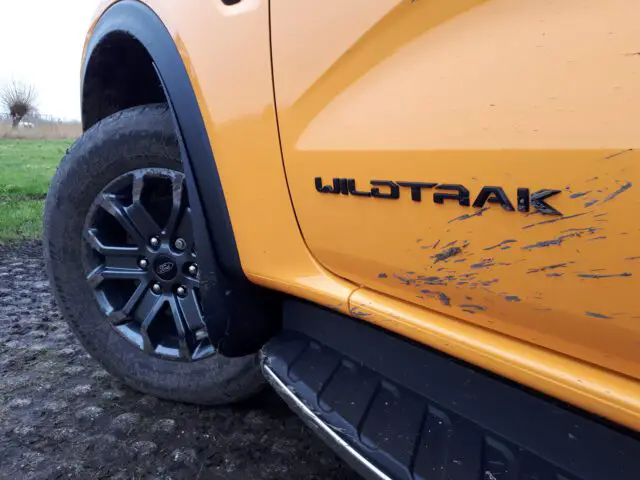
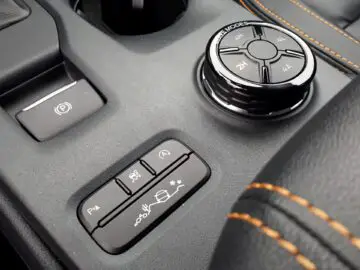
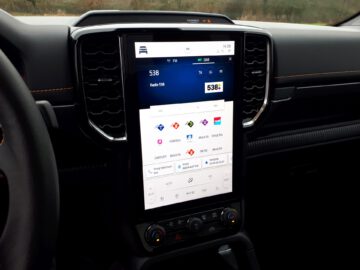
Engines Ford Ranger
In the Netherlands, the Ford Ranger is always equipped with a 125 kW (170 hp) and 405 Nm 2.0-liter four-cylinder diesel engine. A 154 kW (210 hp) version and a 214 kW (292 hp) 3.0-liter V6 gasoline engine are reserved for the Raptor. Whereas the Raptor has a ten-speed automatic transmission, regular Ranger models are always equipped with a six-speed automatic. Four-wheel drive is also standard, although you can always switch to rear-wheel drive only to save fuel.
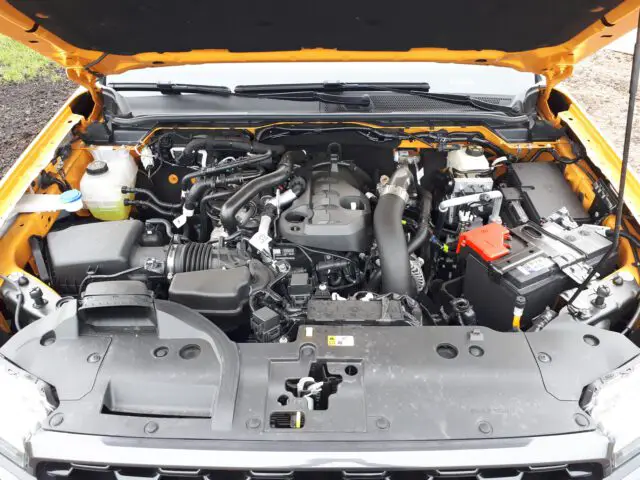
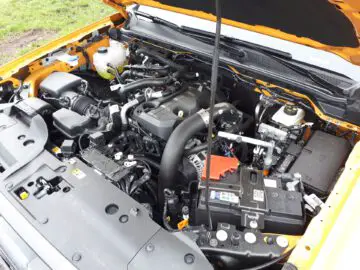
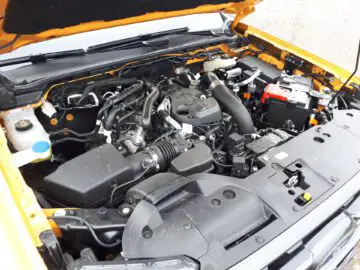
Driving the Ford Ranger Wildtrak
We climb behind the wheel and hit the road. The engine clearly makes itself heard during acceleration. This is not a bad thing, because the powerful diesel sound is not a punishment; in fact, it belongs to such a car. At constant speed, the engine holds its own nicely. At 100 km/h on the highway, the engine also revs only about 1,500 rpm. In “normal” acceleration, you also rarely get above 2,500 rpm. It is quiet on board in other respects as well, with only some tire and especially wind noise at higher speeds.
The very high seating position gives you perfect overview of the road. The Ford Ranger may be smaller, but you still sit almost as high as in big brother F-150. While the standard rearview camera is indeed a must, the square body is otherwise well laid out. Only the blind spot through the C-pillar is quite large, so extra caution when turning right. As for the rest, even if you don’t often drive cars of this size, you’ll quickly get used to it and the Ranger is well placed.



Ride comfort is fat. In fact, you don’t feel like you’re driving a company car at all. So without load, short bumps are relatively noticeable, but not uncomfortable. Otherwise, the Ford Ranger drives like a regular passenger car, you just sit a lot higher.
Of the various driving assistants on board, we did not notice anything positive. They are vigilant in the background, but do not intervene unnecessarily. Unfortunately, we sometimes see this differently. Only the Lane Assistant became active occasionally, but then intervened nicely, very subtly and smoothly. At the end of the week, we did not even turn it off, whereas with other cars it is easily done because of annoying pulling on the steering wheel.
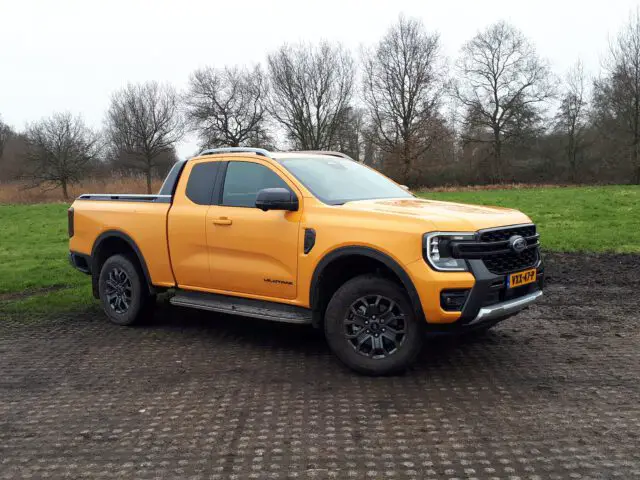

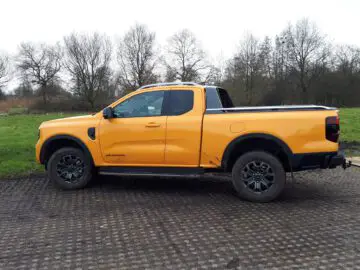
Practical consumption Ford Ranger Wildtrak
The official WLTP consumption of the Ford Ranger Wildtrak we drove is 8.7 l/100 km (1 in 11.5). We easily arrived at an average practical consumption of 8.1 l/100 km (1 in 12.3). We did, of course, drive without a load and, in addition, mostly on highways and N roads. Another thing that shows that the Ranger is really meant to be a company car: when the engine is idling, consumption is displayed in liters per hour. Useful when using the Ranger as an external power source.
Ford Ranger Prices
The Ford Ranger is currently available for order starting at 32,710 for the base XL trim. The XLT costs a minimum of 35,410 euros. The Ranger Wildtrak tested is a step above that at 42,710 euros, but at 53,900 euros the Ranger Raptor is by far the most expensive version. The option list is limited, so these prices won’t add up too much. The most expensive option is the Technology Pack Advanced Trailer at 1,030 euros.
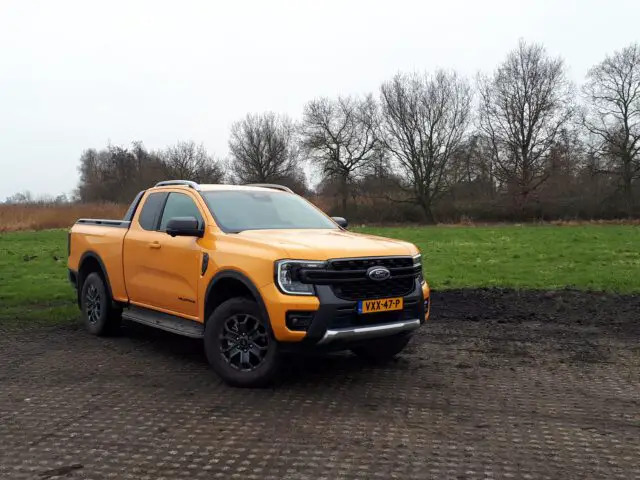
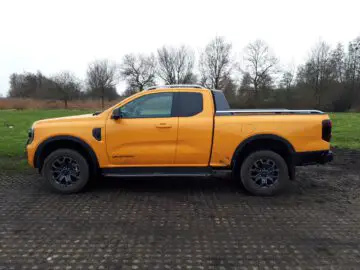
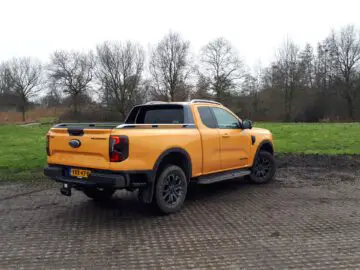
Conclusion
Okay, few people will actually see the new Ford Ranger as a compact alternative to an F-150. That said, there are plenty of other reasons to go for the Ranger. The Ranger offers the capabilities of a commercial vehicle on the one hand and the driving comfort and equipment of a passenger car on the other. The usually fine handling characteristics of a Ford are also present in the Ranger. In addition, it has noticeably taken another step forward from the previous model.

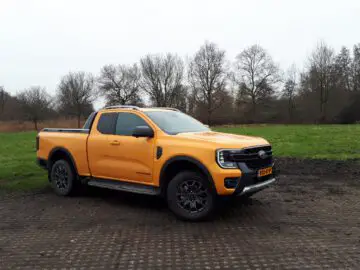

Bpm in 2025: get a diesel now fast or wait for the PHEV?
What does drive up prices significantly is the imminent expiration of the bpm exemption for commercial vehicles in 2025. Especially for models with relatively high emissions, like the Ranger, that’s really going to add up. So what should you do now? Still quick to buy a Ford Ranger with diesel engine while there is no bpm yet, or wait for the plug-in hybrid Ranger PHEV, with very low emissions and thus a low bpm amount? On the other hand, the PHEV will again be more expensive on its own because the electrical engineering is still expensive. Tricky, tricky. Or not.
The best choice varies by customer, but in general Ford recommends the first option: order another Ranger diesel quickly. After all, that will save you a large amount of bpm. Also, any zero-emission zones in cities will not be a problem in the coming years because of the transitional arrangement for recently newly registered commercial vehicles.
What the Ford Ranger lineup will look like from 2025 is not yet fully clear. In any case, know that the Ranger PHEV will always get a double cab and that it is not inferior to current diesel models in terms of performance (including payload and towing weight). The only difference is that you have to plug in, in exchange for very low fuel consumption. This makes the Ranger perhaps more interesting than ever.
